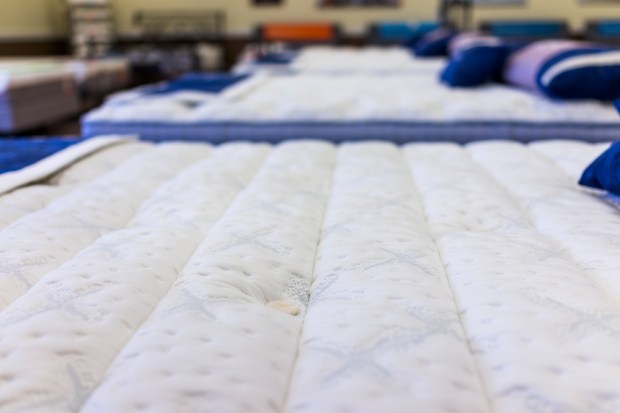Is Casper Setting Tone For Mattress eCommerce?

The company behind major mattress brands like Tempur-Pedic, Sealy and Stearns & Foster posted a full-year decline in revenue this week, marking the first annual decline for Tempur Sealy International since 2012.
A report from Bloomberg noted that even as conditions are prime for mattress buying — the economy is good, and consumers are obsessed with wellness — traditional players in the space are having to work harder to keep pace against new entrants and changing shopping behaviors.
When looking for a mattress, consumers no longer feel obligated to shop in-store.
This is in part due to a wave of new manufacturing startups selling mattresses online, including Casper, Helix Sleep, Saatva, Tuft & Needle, Leesa Sleep and Purple.
These disruptors have been able to cut out the middleman and instead offer customers both lower prices and free shipping, typically with a no-risk free trial as well.
Back in July, Tempur Sealy’s Chief Financial Officer Barry Hytinen told analysts that the bed-in-a-box market was too niche and the startups tended to spend too much on customer acquisition when he was asked if the company would ever look to buy out one of those firms.
“The vast majority of consumers continue to prefer testing beds in-store and buying from retailers,” he said at the time. “I don’t know what we would be buying if we were buying an internet company that has a web page.”
However, it didn’t take long for the company to change its tune and offer its own version of direct-to-consumer line of mattresses called Cocoon by Sealy.
The tough part is, Bloomberg pointed out, Cocoon is already pretty late to the party.
Though the brand is expanding, the media outlet noted Tempur Sealy still received 88 percent of its sales last quarter through its traditional retail channels.
“Tempur Sealy is making a bold statement that they don’t need to be tied to the dominant retailer in the space, and that was our thesis all along,” Casper cofounder Philip Krim told Bloomberg. “But consumers today can smell inauthentic brands. This is another attempt at an old, stodgy brand trying to stay hip and cool.”
